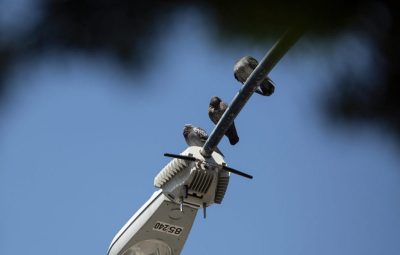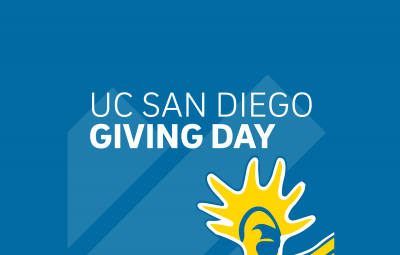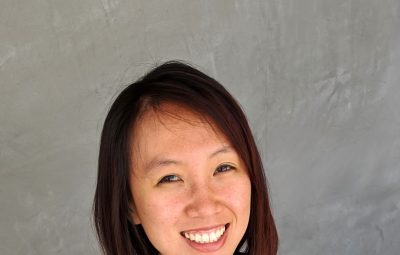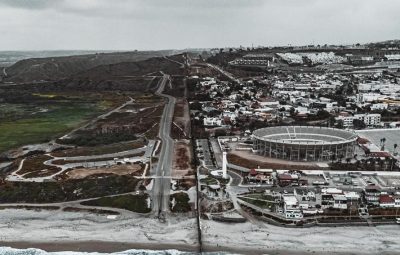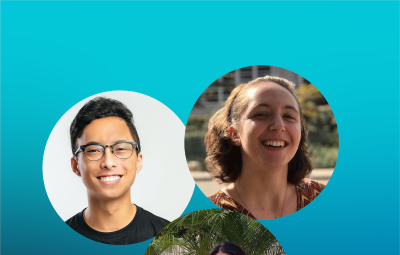Jane E is part of UCSD’s Computer Science and Engineering’s Postdoctoral Fellowship Program and is currently a member of The Design Lab under the guidance of mentor Scott Klemmer. E’s journey to The Design Lab started when she earned her B.S. in Computer Science in 2012 at Princeton, then studied as a Ph.D. candidate in Computer Science at Stanford University. Along the way, she has worked in the information technology sector for companies like Adobe and Microsoft, and her awards include the Microsoft Research Dissertation Grant. Jane’s research aims to expand the horizons of human creativity by searching for a balanced relationship between humans and computational assistance.
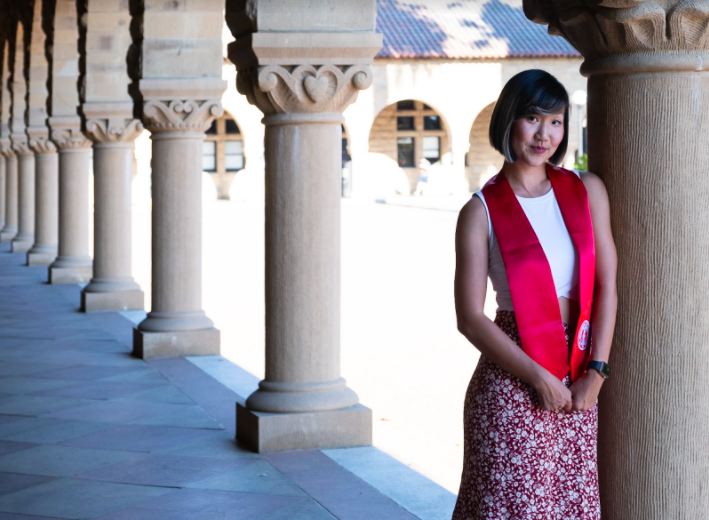
Jane E, Postdoc, UC San Diego, Design Lab member
Jane was always drawn to creative activities, starting with after-school classes in elementary school, and continuing through photography and through crafting cards and gifts for friends. Of these creative endeavors, photography was the constant, from taking her very first film self-portrait at age 6, to multiple college photography courses, to joining the Microsoft Photos team for her first job out of college, to working on camera interfaces for her Ph.D. dissertation. In fact, photography is what first brought her to research, when early on in college, she simultaneously took an introductory film photography course and an introductory computer graphics course, and saw parallels in their focus on light and shadow. It was this parallel that inspired her to further pursue graphics through research with her graphics professors, Thomas Funkhouser and Szymon Rusinkiewicz.
A key motivator in Jane’s research is the goal of helping novices learn the necessary skills to achieve their artistic goals. Jane acknowledges that art and other creative fields can be intimidating for novices, and thus makes overcoming those challenges a focus in her research as well. “The tool should be helping reduce the barriers to entry,” she explains. “There are a lot of people who want to learn, but might not know where to begin, or might be afraid that they aren’t making ‘good’ artistic choices.” She believes that a lot of why these tasks can be daunting is because novices don’t know what aspects of a creative task to consider, much less how to consider them to influence their choices. Her Ph.D. thesis proposes camera interfaces that help users consider the photography aspects of lighting, composition, and decluttering as they take photos. It is inspired by the idea that expert artists know how to examine their work to execute on their ideas intentionally, which she calls their “artistic vision.” She aims to design computational creativity tools that help novices develop their own “artistic vision,” by “helping people be aware of their artistic choices.”

Images of Jane’s PhD dissertation work
Jane says one of her reasons for joining The Design Lab was seeing the potential in continuing to think “about the creativity space, in a new context.” She explained how the Design Lab “is very unique in that it has […] cognitive science and computer science joint in one place, with a lot of people with expertise in both.” Jane is enthusiastic to be entrenched in such expertise, and to work alongside a group with several professors who are actively applying this joint lens to creativity-related research and to be able to “learn from their different approaches.” Thus, one of Jane’s goals is to immerse herself in cognitive science theory, “learning about human cognition and these theories around design and interaction grounded in humans.”
Apart from expanding her horizons through her research and through learning from other researchers, Jane is also excited to take on the role of mentor to students at UCSD. “A lot of research is about working with students and helping train students and helping them achieve what they want.” Jane is incredibly grateful for the many mentors she has crossed paths with throughout her research career, especially her Ph.D. advisors, James Landay and Pat Hanrahan, and is excited to join The Design Lab to work with and learn from her postdoc mentor, Scott Klemmer. Jane has long been inspired by the work of Scott and his past Ph.D. students in the space of creativity and more specifically creative feedback. Despite being at different schools, Jane described becoming close friends with two of Scott’s recently graduated Ph.D. students in part because of how they “connected in terms of what we appreciated and cared about in our research.” Jane is “grateful that the department has given me the opportunity to become part of this amazing team,” and is excited to meet the rest of the lab.
Jane looks forward to continuing her research at The Design Lab, working towards her vision of creativity and design.

